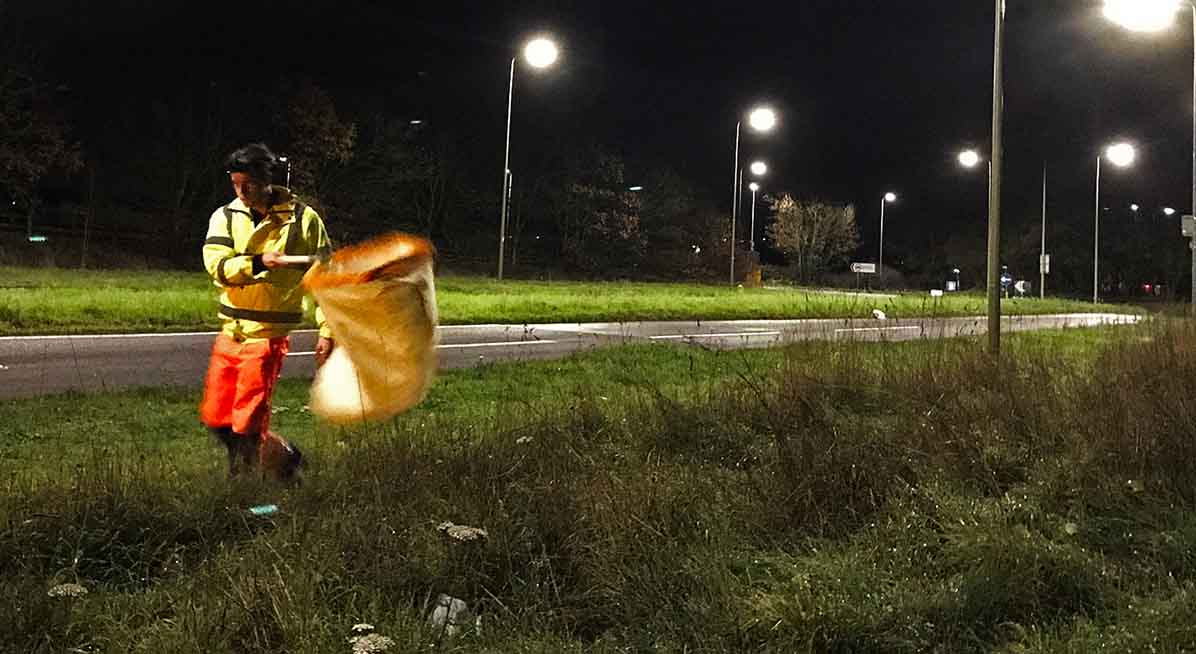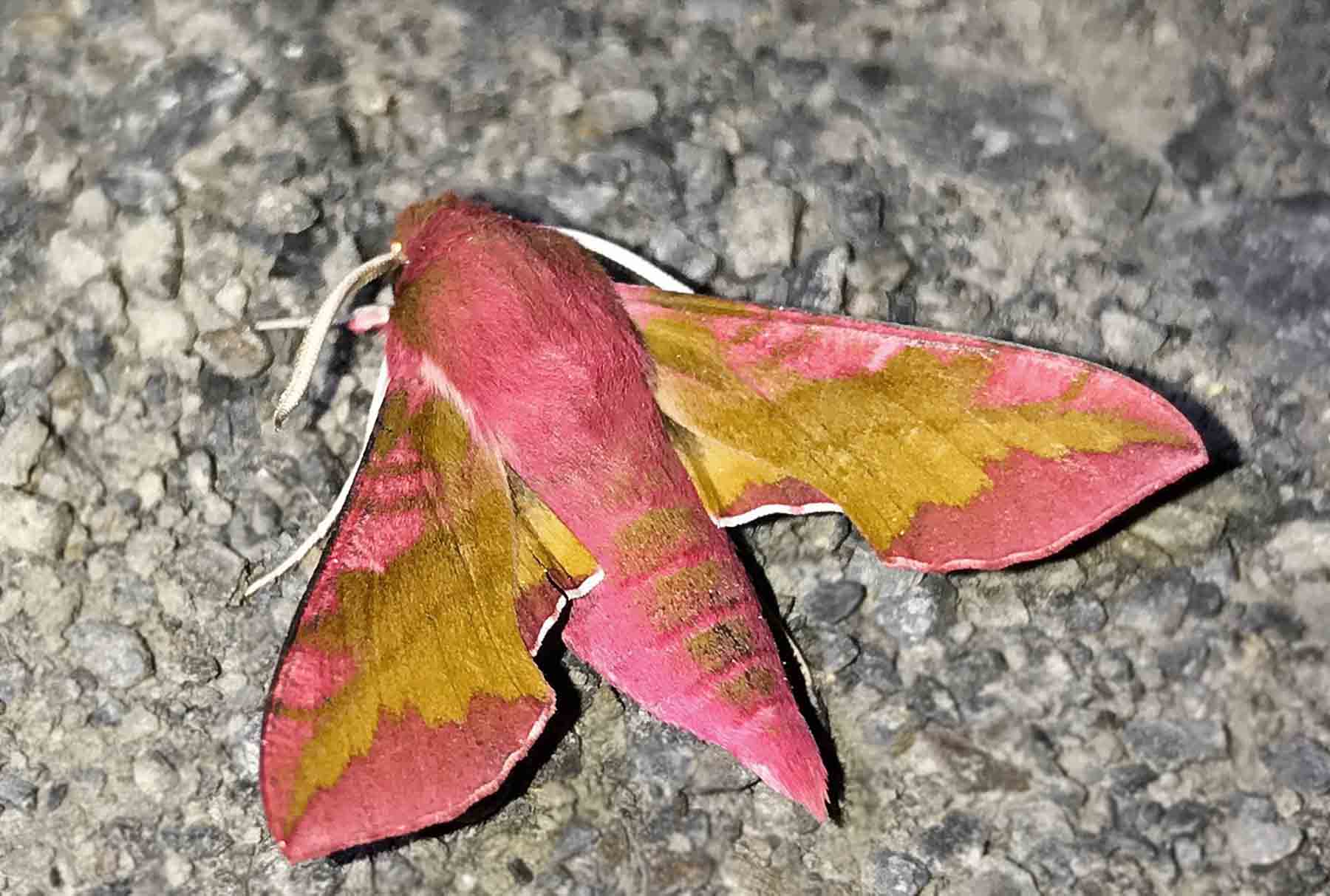Moths matter
Insects are sensitive indicators of change in ecosystems, especially those caused by humans.
The impact of light pollution
Technological developments can influence taxa such as moths. This includes streetlights and large scale global environmental effects such as climate change.
For his PhD research, Douglas Boyes is focusing on light pollution. Climate change does continue to be a major concern for moth species in the UK.
Moths are not much different from their more colourful counterparts, butterflies.
When it comes to numbers of species in the UK there are 50-60 varieties of butterflies, but 2,500 species of moths.
“The Rothamsted Insect Survey is one of the best long-term datasets for insects anywhere in the world. Established in the late 1960s, we’ve noticed a pretty steady decline in the number of moths. How light pollution fits within other drivers is not yet known”, says Douglas
So far, one study has attributed about 50% of the moth population declines due to climate change. Conservation experts suggest light pollution is contributing to the decline of nocturnal insects.
Important pollinators
Moths have two primary roles in ecosystems. They are an important but overlooked pollinator in the UK.
They are also an important food source for other species. They include birds, bats, shrews, parasitoids and predatory insects. Some songbirds feed their chicks almost exclusively on moth caterpillars in the spring.
“If moth numbers are going down because of street lights that’s less food for birds”, says Douglas. “In my field sites I’ve noticed you get higher concentrations of bats around these streetlights”.
Some of these bats are light tolerant and exploit the light to hunt moths at night.
The streetlights disrupt the moths’ ‘anti-bat adaptations’. One example is their ultrasonic clicks they emit that jams the sonar bats use to locate them.
“This could be an easy way for populations of moths to get depleted because they’re drawn to these lights where they’re sitting ducks”, says Douglas.
For his field research, Douglas identified 150 potential sites using satellite imagery. These locations included Oxfordshire, Buckinghamshire and Berkshire.
The challenge is to identify habitats that are the same with streetlights and without them. One way to do this is through local authority databases of streetlight locations.
“It was a lot of searching for about 20 sites in the end, but that’s about all I need for a good statistical comparison. We want to know whether these moth communities have changed over 10-20 years due to street lighting”, says Douglas.

Streetlight variety
An important factor in Douglas's research is comparing the different types of lighting used in streetlights.
Whether it is sodium lamps, which have a yellow or orange hue or LEDs, which emit white light. Moths tend not to be so sensitive to yellow-orange light but with blue light, it’s another story.
“LEDs are great for saving carbon and money, but their light emission is closer to daylight. Evidence shows that it is much more likely to have damaging effects on moths because species sense that it’s daylight”, says Douglas.
Wasps and caterpillars
Douglas also researched the parasitoid wasp, a huge predator of moths. He wanted to see whether light influences the relationship the wasps have with caterpillars.
Once an adult wasp finds a moth caterpillar it lays its eggs inside it. This allows the larvae to feast on everything but its organs. This keeps it alive until the wasp bursts out of the caterpillar.
Although the night tends to take up most of the day in the UK, time- and location-dependent, ecologists tend to study species active in daylight. 70% of insects are nocturnal, and moths are the perfect example.
For his first set of fieldwork Douglas collected nocturnal caterpillars with a sweep net. This required lots of late nights over the winter.
For the second set of sampling, Douglas was able to collect hedgerow-feeding caterpillars, which are active during the day.
“We should be able to detect if light is having an effect using molecular methods because the wasp DNA will be inside the caterpillar”, says Douglas.
He hopes to answer whether parasitoid wasps are using the street lamps to extend their hunting periods to night. The species more commonly fly during the day.
“No one has looked at this exact question before”, he says.
